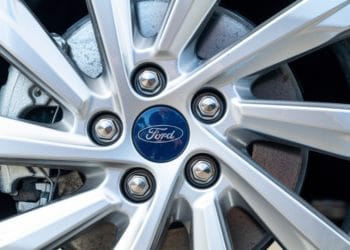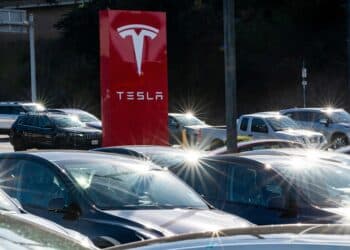GM Financial originations surge 25% in Q4
Captive logs record EBT of $2.7 billion
GM Financial is the latest auto lender to finish the year on a high note, despite a global pandemic that was expected to depress origination volume and deteriorate credit performance. Fourth-quarter originations clocked in at $13.6 billion, a 24.9% increase year over year, bringing the captive’s full year origination volume to $49.8 billion a 4.8% […]

Already subscribed? Log in
















